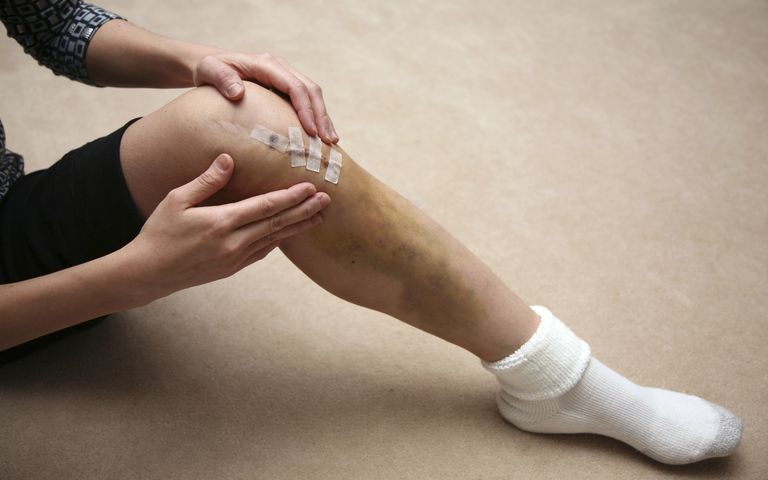- Have any questions?
- +91 9820 418 228
- [email protected]
Are You a Candidate for Minimally Invasive Knee Replacement

Joint Replacement Surgery May Help Relieve Elbow, Wrist, and Finger Pain
September 7, 2019
Sacroiliac Joint Pain – An Overview
September 14, 2019In case you have decided to undergo a total knee replacement surgery, you can think of opting for a minimally invasive procedure. In this type, the incisions are small and there is very little cutting of the nearby tissues. It allows the patient to recover much faster, allows a shorter-duration hospital stay and there is very little loss of blood. However, apart from these advantages, it is a good idea to consider regular surgery for total knee replacement.
Ensure that you discuss minimally invasive knee replacement surgery with your consulting specialist. The minimally invasive surgery is not for everyone. However, it may be the right choice when the complications arising out of the traditional cannot be managed. In the longer term, the benefits of minimally invasive surgery and traditional knee replacement surgery are the same.
Traditional Knee Replacement Surgery
In all, about 80 percent of knee replacement surgeries are done using the traditional method. Total knee replacements involve cutting into the quadriceps tendon connecting the quadriceps muscle group lying on the front side of the thigh to the kneecap. The kneecap is then moved away to expose and thereafter access the arthritic joint.
The larger size of the incision helps the surgeon to have a good wide-angle view to be able to align the implant properly along with the bone. The alignment of the implant with the bone is extremely important and is a very important factor in ensuring the durability of the joint and its life in the future.
During the minimally invasive knee replacement surgeries, the surgeon works from an incision made in the quadriceps muscle and avoids the quadriceps tendon. During traditional surgery, as a part of the quadriceps muscle and tendon are cut out, the recovery takes longer with a stay in the hospital and physical therapy. This is because the knee derives its power from the quadriceps.
Other than this, there is no major difference between traditional knee replacement and the newer minimally invasive knee surgeries. The physical therapy, the speed of walking and pain during the period of recovery is the same in both cases.
Minimally Invasive Knee Replacement Surgery
The minimally invasive knee replacement surgery is not opted for in the case of those patients who are very muscular or are heavy-set. It is not a choice for those who have a severe deformity of the joint or instability of the knee or for those patients who require a complex replacement.
The other factors that come into play are:
- The minimally invasive knee replacement surgery is a difficult one to attempt as it requires specialized instruments and the surgeon has to work with a smaller field of view.
- According to medical literature, the surgery takes longer to perform and complications may occur. These are both not good for the outcome of the surgery. The surgeon needs to be trained more and he/she needs a significant learning curve. The patient needs to choose a surgeon who has already completed a high volume of successful surgeries of this type.
- In case a surgeon who performs the traditional knee replacement surgery with a high rate of success is available, then it is wise not to limit the options of waiting to find a surgeon who does minimally invasive total knee replacements.
What to do?
It is a good idea to meet a surgeon who specializes in minimally invasive knee surgeries and another one that specializes in traditional knee replacement surgeries and then weigh in the pros and cons of each of the types.
Once you have decided what you want, you have to ensure that the surgeon pick up should have done a large volume of the type of surgery that you want. As a next step, you should work with the doctor and shed extra weight to reduce the strain on your knees. Be active and you may need to do exercises to strengthen your quadriceps muscle group. Swimming, stationary cycling, and water therapy are good options. All conservative treatment methods such as medications, physical therapy, and injections should be done away with before the surgery.
If you are looking out for the best joint replacement in Mumbai, Dr. Santosh Shetty at Bone & Joints 360 is the answer. He does total knee replacement surgeries with amazing precision and there have been good outcomes for his patients after the surgeries. Bone & joints 360 offers the best muscle sparing total knee replacement surgery in Mumbai.

